#Autopilot
Tesla Recalling Two Million Vehicles Over Autopilot Not Being Sufficiently Annoying
Tesla is recalling over 2 million vehicles in the United States that have been equipped with its Autopilot advanced driver-assistance system. Efforts come after years of media attention and federal safety regulators suggesting that the system posed safety concerns. The automaker is reportedly issuing an over-the-air update that will add new safeguards against distracted driving.
The National Highway Traffic Safety Administration (NHTSA) has been formally investigating the EV manufacturer for the last two years and believes Autopilot poses enough of a safety risk in its current format to push for the recall. That makes this the largest example in the company’s history, encompassing just about every Tesla model ever produced.
Report: Older Tesla Autopilot Demonstration Video Was Faked by Engineers
Regardless of how you feel about Tesla, there’s no amount of wishful thinking on anyone’s part that makes its “full self-driving” technology work as advertised. The company’s cars cannot drive themselves, do not operate without a human watching, and cannot safely manage complex situations on the road. That hasn’t stopped Tesla from trying to convince everyone, though, and as we’re now learning, its efforts haven’t always been above board.
Department of Justice Launches Criminal Probe Into Tesla Self-Driving Claims
News broke Wednesday that Tesla was under investigation by the U.S. Department of Justice, regarding the company’s claims about the self-driving nature of its vehicles. The DOJ has been working on the investigation for some time, as it was launched in 2021 but was not disclosed at that time. Turns out it might be time for a government evaluation of whether “Full Self-Driving” Teslas are misleading.
California Tech Mogul Launches Senate Run to Destroy Tesla
Dan O’Dowd, the billionaire founder and CEO of Green Hills Software, has announced he’s running for the U.S. Senate and his campaign has a single platform — destroy Tesla Inc.
“Today I launched my campaign for U.S. Senate to make computers safe for humanity. The first danger I am tackling is @ElonMusk‘s reckless deployment of unsafe @Tesla Full Self-Driving cars on our roads,” O’Dowd tweeted on April 19th.
The tweet was accompanied by a 60-second advertisement that showed clips of various Tesla vehicles equipped with the contentious software nearly striking pedestrians and making other mistakes in traffic while a disembodied voice explains does its utmost to make you feel like Tesla is an evil company that wants its cars to kill people.
Tesla Recalls 54,000 Models Over 'Rolling Stops'
Tesla is recalling 54,000 cars equipped with its Full Self-Driving (FSD) software over a feature that allows vehicles to roll through stop signs under the right conditions.
While technically still in beta and incapable of legitimate (SAE Level 5) self-driving, the software suite has been a premium item on Tesla products for years. Introduced in 2016, FSD was originally a $3,000 addition to the company’s $5,000 Autopilot system and allowed customers to financially embrace the promise of total automotive autonomy that’s supposedly forthcoming. Features have improved since 2020, when the public beta was officially launched, however the company has remained under criticism for failing to deliver the goods. Among these were allegations that the latest version of FSD allowed vehicles to conduct rolling stops through some intersections. The issue resulted in the public flogging of Tesla online and subsequent recall.
Twist: NHTSA Tesla Autopilot Probe Now Includes Other Automakers
The National Highway Traffic Safety Administration (NHTSA) has been doing a deep dive into Tesla’s Autopilot to determine if 765,000 vehicles from the 2014 model year onward are fit to be on the road. We’ve covered it on numerous occasions, with your author often making a plea for regulators not to harp on one company when the entire industry has been slinging advanced driving aids and distracting infotainment displays for years.
Apparently someone at the NHTSA either heard the blathering, or was at least of a similar mind, because the organization has expanded its investigation to include roughly a dozen other automakers.
NHTSA Identifies 12th Autopilot Related Crash Involving Emergency Vehicles
The U.S. National Highway Traffic Safety Administration (NHTSA) has identified another traffic incident pertaining to Tesla’s driver assistance features and emergency vehicles, making the current tally twelve. These wrecks have been a matter of focus for the agency ever since it opened a probe to determine whether or not Autopilot can handle hiccups in the road caused by scenes where flares, cones, disabled automobiles, and first responders coalesce.
Though concerns remain that Tesla is being singled out unjustly when there’s little evidence to suggest that other manufacturers are providing more capable systems. Tesla’s issues appear to be heavily influenced by irresponsible marketing that makes it seem as though its vehicles are self-driving when no manufacturer can make that claim. U.S. regulators now want to place more restrictions on vehicles boasting autonomous features and, thus far, Tesla has been behind on those trends. But it’s hard to support claims that they make vehicles safer when none seem as effective as they should be.
NHTSA Resumes Inquisition of Tesla Autopilot
The National Highway Traffic Safety Administration (NHTSA) has been keeping tabs on Tesla’s Autopilot for years, sometimes giving crashes involving the system a bit more attention than they otherwise would have. But the extra scrutiny seemed to dissipate as practically every automaker on the planet introduced their own advanced driving suites and Telsa seemed to preemptively adhere to fast-approaching government regulations (and industry norm) by introducing driver-monitoring cameras.
On Friday, the NHTSA returned to business as usual and announced it had opened a preliminary evaluation of Autopilot to determine if there were any problems with the system. The agency has claimed it received at least 11 verifiable crash reports since 2018 where a Tesla product struck at least one vehicle that was already at the scene of an accident. It’s sort of a weird metric but allegedly worthy of the NHTSA wanting to look into every model the company produced between 2014 and 2021. However, actually reading the report makes it sound like the agency is more preoccupied with how Tesla’s system engaged with drivers, rather than establishing the true effectiveness of Autopilot as a system.
Tesla's Autopilot Gets a Closer Look Due to Lawsuits, NYT
The New York Times went deep over the weekend on a subject that has long been talked about in this industry — Tesla’s Autopilot and its failures.
In this case, the paper of record goes in-depth and talks to people who are suing the company over crashes in which Autopilot is alleged to have failed.
Stuck in Reverse? Tesla Abandons Radar, Restricts Features
Tesla is abandoning radar on its more affordable vehicles so it can deploy something that sounds like a vintage color motion picture process where the hues really manage to jump off the screen.
“ Tesla Vision” is the current process the company will use to collect and interpret the information necessary to operate semi-automated systems on the Model 3 and Model Y. But it feels like a step backward, if we’re being honest, and will result in cars that have “temporarily limited” abilities.
Elon Musk Takes Center Stage on Saturday Night Live
Billionaire Elon Musk will host “Saturday Night Live” on May 8th, the comedy series announced last week. Known for his controversial, biting remarks, the Tesla and SpaceX CEO apparently did not win over any fans among the cast. Cast members were not happy with Musk’s invitation. Social media comments indicated their displeasure.
Tesla Stans Can't Handle the Truth
Last week, we reported about a crash in the Houston area involving a Tesla Model S – a wreck in which authorities claim there was no one in the driver’s seat at the time of the impact.
It’s unclear if the car was equipped with Tesla’s Autopilot autonomous-driving system, and it’s also unclear if the authorities’ claim has been verified (The Verge reports someone may have been in the driver’s seat after all). Still, there has since been debate over whether it’s even possible for Autopilot to be defeated in such a way that someone could leave the driver’s seat.
Consumer Reports Tricks Tesla's Autopilot
We wrote earlier this week about a Tesla crash in Texas in which the car may or may not have been driving itself, although the driver’s seat was apparently unoccupied.
It’s still not clear if Tesla’s Autopilot feature was activated or otherwise played a part in the crash.
Authorities Claim No One Was in the Driver's Seat in Tesla Crash
A crash involving a Tesla Model S in Texas killed two passengers.
We say “passengers” instead of “occupants” because it appears there was no one in the driver’s seat at the time of the crash.
Your Regular Reminder That Fully Self-Driving Cars Don't Exist Yet
While we’re on the subject of Super Bowl commercials, there wasn’t just one, but two, that irritated me on Sunday.
This one has little, if anything, to do with politics, so you can relax and cancel out that angry email you were about to send me.
Nope, this one has to do with the misinformation circulating about autonomous cars.



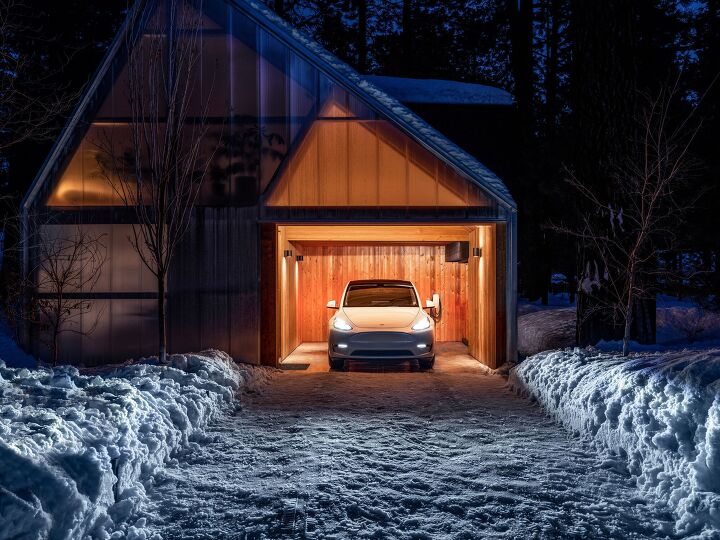




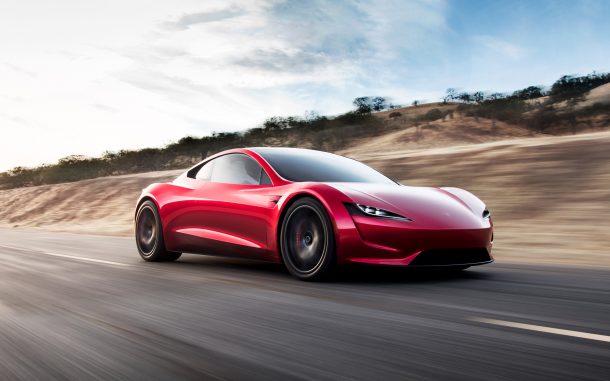

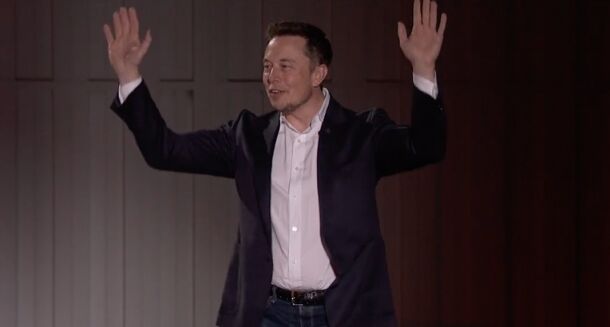

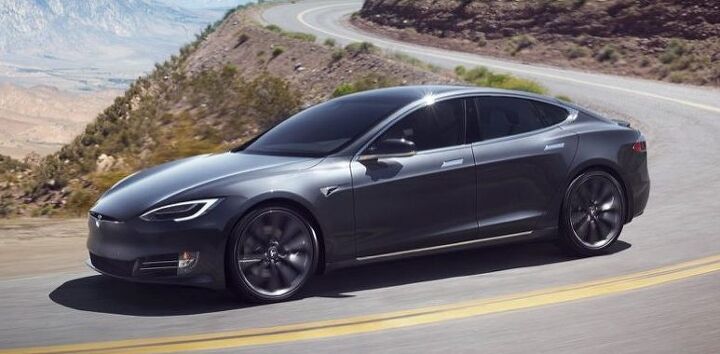
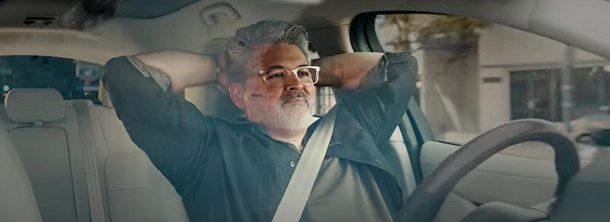











Recent Comments